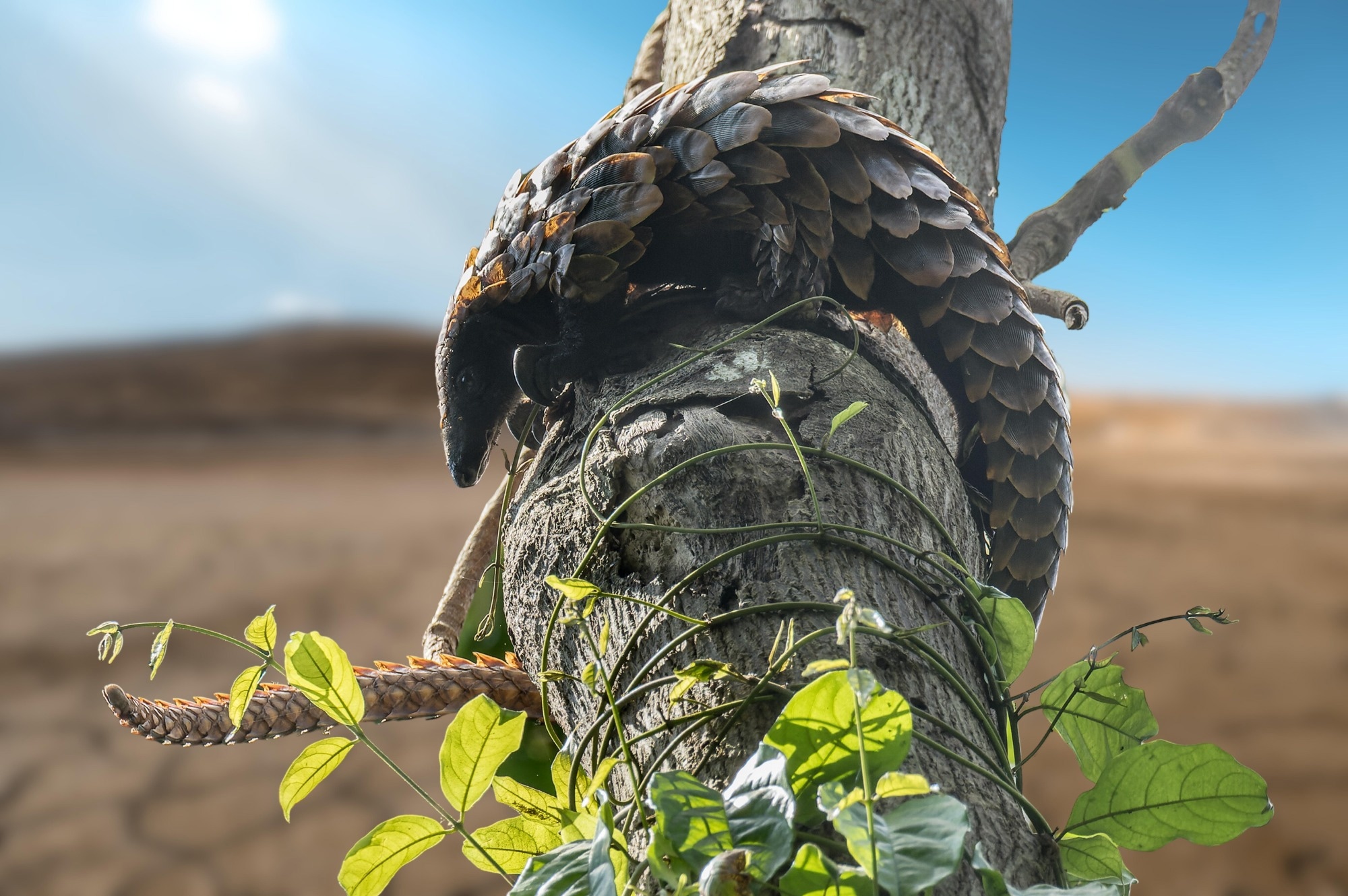A study published in the journal Scientific Reports explains that pangolin's vulnerability to coronavirus infection might be due to their innate gene pseudogenization.
 Study: An RNA-Seq analysis of coronavirus in the skin of the Pangolin. Image Credit: Makabas / Shutterstock
Study: An RNA-Seq analysis of coronavirus in the skin of the Pangolin. Image Credit: Makabas / Shutterstock
Background
Pangolins are 30 – 100 cm long anteaters found in Africa and Asia. Populations of all eight species of pangolin are decreasing in these two continents. Four pangolin species from Africa are now "endangered" or "vulnerable"; three species from East Asia are "critically endangered"; and one species from India is "endangered."
The greatest obstacle to pangolin conservation is the high susceptibility and frequent mortality of captive pangolins due to infections. The pseudogenization of immune system genes in the pangolin genome is believed to be the main contributing factor to high infection susceptibility. These pseudogenes are interferon Epsilon (IFNE), interferon-induced with helicase C domain 1, cyclic GMP-AMP synthase, stimulator of interferon genes, Toll-like receptor 5, and Toll-like receptor 11.
The scientists of the current study have previously analyzed brain and lung samples from a Malayan pangolin and detected a coronavirus infection that was closely related to severe acute respiratory syndrome coronavirus 2 (SARS-CoV-2), the causative pathogen of the most recent coronavirus disease 2019 (COVID-19) pandemic.
In the current study, scientists conducted RNA-Seq analysis of the pangolin skin tissue to understand the transcriptional antiviral response in pangolin skin, particularly in the context of interferon Epsilon (IFNE)-deficiency, which is a unique immune feature of pangolin.
They compared the expressions of differentially expressed genes (DEGs) between coronavirus-infected pangolin skin and healthy pangolin skin. They also compared these DEGs with those found in coronavirus-infected human lungs because a corresponding dataset for coronavirus-infected human skin was unavailable. As humans and pangolins are mammals, the scientists expected some similarities in immune responses between human lungs and pangolin skin.
Endogenous retrovirus genes are the remnants of once infectious exogenous retroviruses that became fixed in human or other animals' genomes. They can modulate the innate immune system and facilitate antiviral immune responses through various mechanisms. In this study, the scientists also evaluated how endogenous retrovirus gene expression in pangolin responds to coronavirus infection, particularly in the context of IFNE deficiency.
Important observations
The scientists identified pangolin coronavirus RNA in the skin of Malayan pangolin. This virus is closely related to another pangolin coronavirus MP789, isolated from the Guangdong pangolin. Since both pangolins were kept at the Guangdong Wildlife Rescue Center, the scientists believe both coronaviruses originated from the same source.
The comparative analysis of DEGs between pangolin skin and human lung identified 2,835 pangolin skin-specific DEGs, 1,527 human lung-specific DEGs, and 366 shared DEGs. Three enriched pathways were identified in the pangolin skin-specific DEGS. These pathways were malaria and Staphylococcus aureus infection pathways (upregulated) and arachidonic acid metabolism pathways (downregulated). The malaria pathway was also upregulated in the human lungs.
Previous studies have shown that malaria pathways are upregulated after SARS-CoV-2 infection and that anti-malarial drugs can suppress SARS-CoV-2 replication. Similarly, arachidonic acid pathways are known to have inhibitory effects on coronavirus replication. Thus, the findings of comparative analysis indicate that both the malaria pathway and arachidonic acid pathway can serve as potential targets to control coronavirus infection in pangolins.
Further pathway enrichment analysis revealed that the most significantly upregulated pathways in the pangolin skin were the COVID-19 pathway, immunity and inflammation (except IFN) pathways, cell proliferation pathways, and coagulation pathways. These findings are consistent with that observed in SARS-CoV-2-infected humans. In contrast, no enrichment in IFN-specific pathways was observed in the infected skin. It could be related to natural IFNE deficiency in pangolins.
High levels of expression of many endogenous retrovirus genes were observed in healthy pangolin skin samples. This could be beneficial for pangolins in terms of boosting innate immune responses in the absence of IFNE responses. However, in coronavirus-infected skin samples, a downregulation of these genes was observed. This suggests that pangolin coronavirus may suppress endogenous retrovirus gene expression to support viral replication.
Study significance
The study detects replicating coronavirus in the skin of Malayan pangolin and provides transcriptomic landscapes of the host immune response to coronavirus infection. The study also finds that the pathways downstream of the lost immune system genes are not upregulated in response to the infection. This highlights that the pseudogenization of key immune system-related genes can significantly modulate pangolin's antiviral responses and make them susceptible to coronavirus infection.